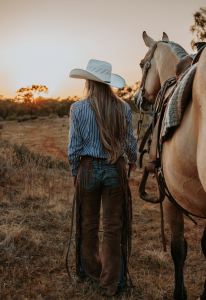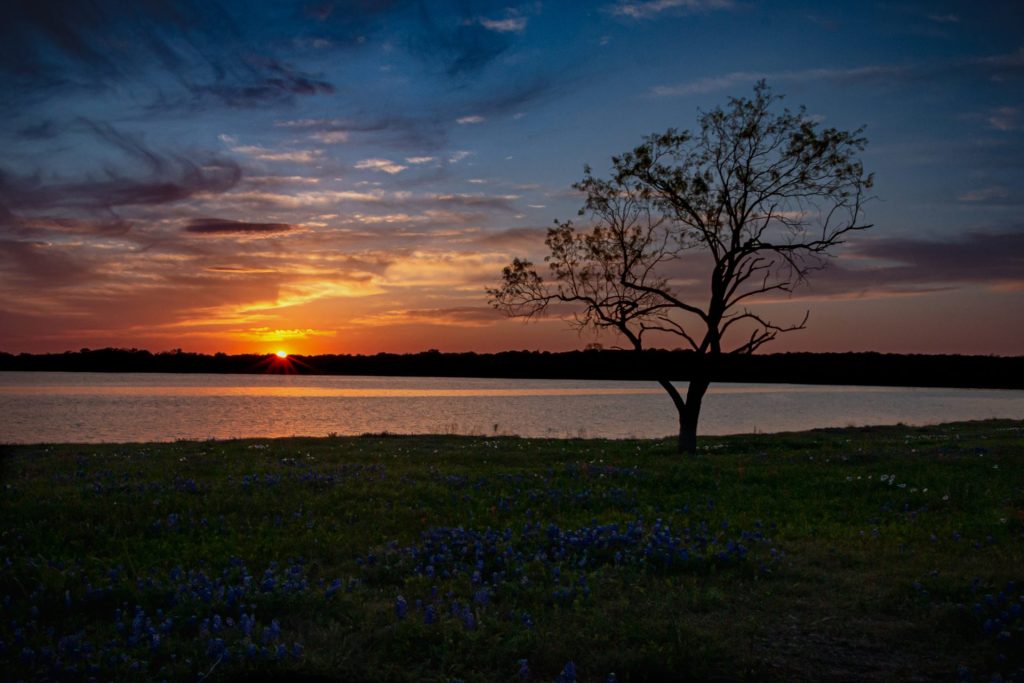
Protect Yourself: Wildfire Awareness & Preparedness in Texas
 May is designated as Wildfire Awareness Month to serve as a critical reminder to stay alert, prepared, and proactive when it comes to wildfire safety. For residents in New Mexico and Texas — especially those living and working in rural areas where wildfires are more prone — it’s encouraged to use the month to educate yourself on how you can prevent wildfires and mitigate their impact on your community.
May is designated as Wildfire Awareness Month to serve as a critical reminder to stay alert, prepared, and proactive when it comes to wildfire safety. For residents in New Mexico and Texas — especially those living and working in rural areas where wildfires are more prone — it’s encouraged to use the month to educate yourself on how you can prevent wildfires and mitigate their impact on your community.
Lightning strikes and other natural forces can cause wildfires, but humans are responsible for starting 90 percent of them in the United States. Discarded cigarettes, unattended campfires, burning debris, or equipment malfunctions can all get out of hand quickly, which is why it’s so important to be vigilant anytime flames are involved.
In 2024, more than 5,100 wildfires scorched over 1.3 million acres in Texas. For farmers, ranchers, and rural homeowners, those numbers aren’t just statistics — they’re a direct threat to their land, livestock, and livelihood.
At AgTrust Farm Credit, we’re committed to protecting what matters most to our customer-owners. We’ve partnered with our friends at the Texas A&M Forest Service to share these key wildfire preparedness strategies with you.
Wildfire Preparations 101: Be Ready Before the Fire Starts
Preparation saves lives and property. “You may only have minutes to act or evacuate,” cautioned Erin O’Connor, Public Information Officer with Texas A&M Forest Service. “Having a plan and a go-kit can make all the difference.”
Here are a few practical steps to take:
Pack a Go-Kit
Your go-kit should include:
- Essentials for both people and pets
- Prescription meds & medical equipment
- IDs, insurance info, and important documents
- Food, water, clothes, chargers, and first aid
- Priceless keepsakes or irreplaceable items
Know Your Evacuation Routes
Plan at least two ways out and make sure that anyone who lives or works on the property is aware of these paths. Wildfire conditions can shift fast, and heavy smoke or blocked roads may limit your normal routes. Sign up for free emergency alerts from your local government. These alerts can be sent via text, email, or phone call and will notify you of evacuation orders or other critical information. It’s also a good idea to visit your local fire official’s website to see if there are other communication methods they use.
Prepare Your Home, Ranch, or Farm
Wildfires can strike unexpectedly, but there are measures you can take to give your property a better shot at skirting damage. We recommend these simple home maintenance tips:
- Use fire-resistant landscaping around your home, such as trees and plants that have high-moisture content, produce less litter, and are less prone to ignition
- Clean gutters and remove leaf piles or yard debris
- Relocate firewood at least 30 feet from any structure
- Secure attic or foundation vents against embers
For landowners and ag operators:
- Evaluate property regularly for hazards, especially ahead of peak wildfire season in the summer
- Prepare contingency plans for relocating or feeding livestock
- Make sure your local fire department knows about access points and water sources on your property

Final Thoughts
Preparedness isn’t just a checklist — it’s a commitment. At AgTrust, we encourage our members to take these steps seriously and share them with neighbors, friends, and fellow landowners.
Let’s do our part to stay safe, be informed, and protect the people and properties that define rural life in Texas.
For more wildfire preparedness resources, visit Texas A&M Forest Service.
Information from Texas A&M Forest Service Communication Office.